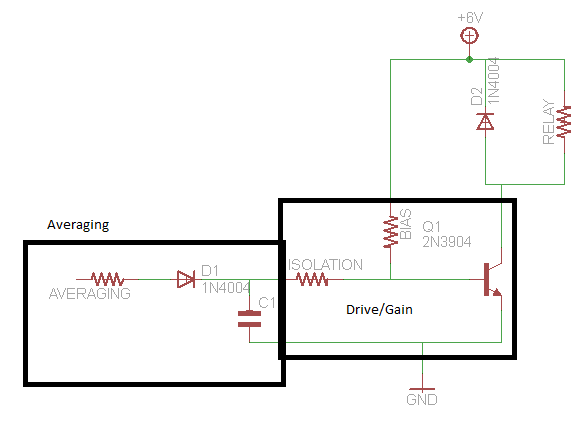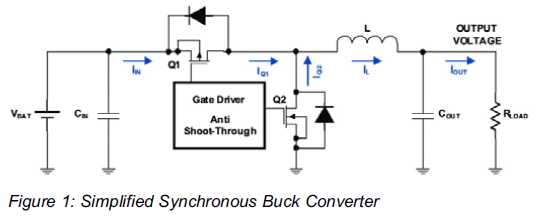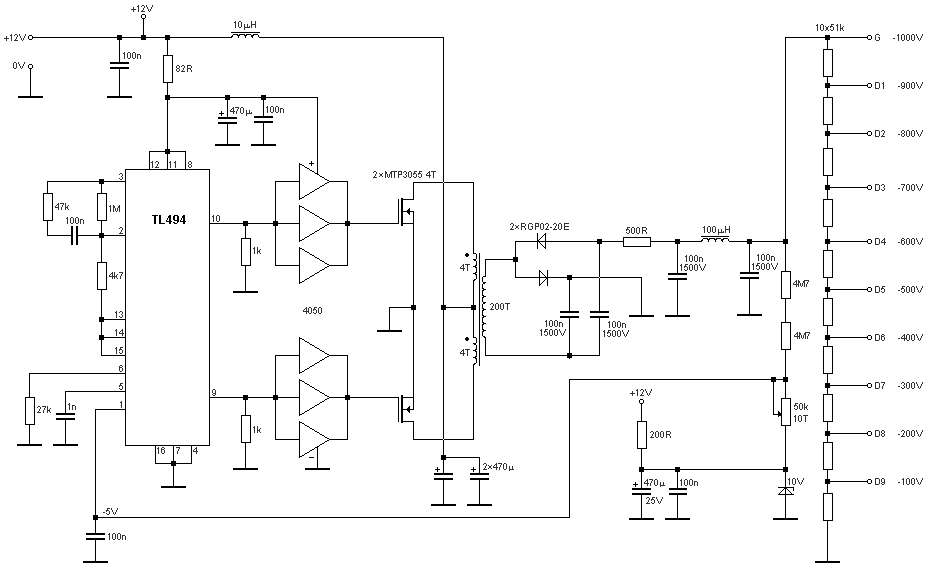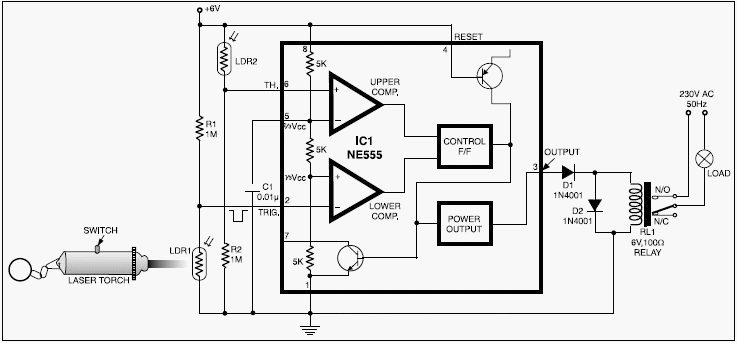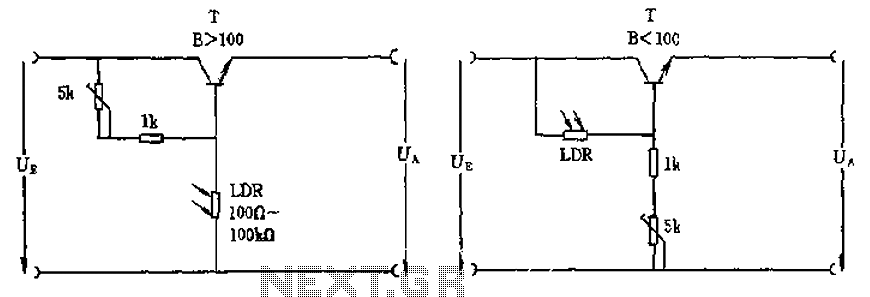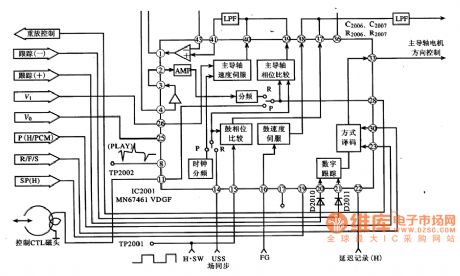
SSR Power Control Unit
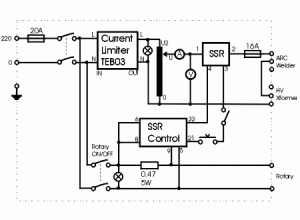
This circuit illustrates the SSR (Solid State Relay) Power Control Unit Circuit Diagram. Features: The SSR control box supplies the control voltage for the relay. Component: .
The SSR Power Control Unit Circuit is designed to provide efficient control of electrical loads using solid-state relays, which offer advantages such as faster switching times, longer life spans, and reduced electromagnetic interference compared to traditional electromechanical relays.
In this circuit, the SSR control box is the central component responsible for generating and supplying the necessary control voltage to activate the relay. The SSR operates by using semiconductor devices to switch the load on and off, allowing for precise control over the power delivered to the load.
Typically, the control voltage input to the SSR can be derived from a microcontroller or other control circuitry, which sends a low-voltage signal to the SSR. This signal is then used to trigger the relay, which in turn controls a higher voltage and current load. The SSR is characterized by its high input-to-output isolation, which ensures that the control circuit remains unaffected by the high voltage side of the system.
The circuit may include additional components such as resistors for current limiting, capacitors for noise filtering, and possibly opto-isolators to further enhance isolation and protect the control circuitry from voltage spikes. The layout of the circuit should be designed to minimize inductive and capacitive coupling, ensuring reliable operation in various electrical environments.
Overall, the SSR Power Control Unit Circuit is an essential design for applications requiring efficient and reliable control of high-power loads, providing an effective solution for automation and control systems in industrial and commercial settings.This circuit shows about SSR Power Control Unit Circuit Diagram. Features: SSR control box provides the control voltage for the relay. Component: . 🔗 External reference
The SSR Power Control Unit Circuit is designed to provide efficient control of electrical loads using solid-state relays, which offer advantages such as faster switching times, longer life spans, and reduced electromagnetic interference compared to traditional electromechanical relays.
In this circuit, the SSR control box is the central component responsible for generating and supplying the necessary control voltage to activate the relay. The SSR operates by using semiconductor devices to switch the load on and off, allowing for precise control over the power delivered to the load.
Typically, the control voltage input to the SSR can be derived from a microcontroller or other control circuitry, which sends a low-voltage signal to the SSR. This signal is then used to trigger the relay, which in turn controls a higher voltage and current load. The SSR is characterized by its high input-to-output isolation, which ensures that the control circuit remains unaffected by the high voltage side of the system.
The circuit may include additional components such as resistors for current limiting, capacitors for noise filtering, and possibly opto-isolators to further enhance isolation and protect the control circuitry from voltage spikes. The layout of the circuit should be designed to minimize inductive and capacitive coupling, ensuring reliable operation in various electrical environments.
Overall, the SSR Power Control Unit Circuit is an essential design for applications requiring efficient and reliable control of high-power loads, providing an effective solution for automation and control systems in industrial and commercial settings.This circuit shows about SSR Power Control Unit Circuit Diagram. Features: SSR control box provides the control voltage for the relay. Component: . 🔗 External reference
